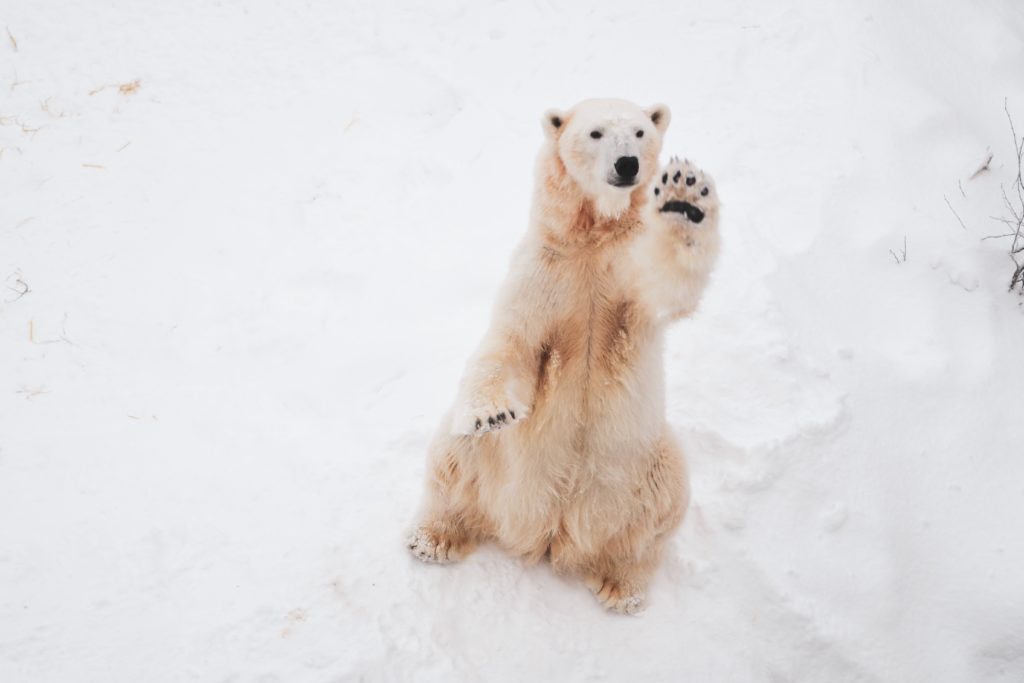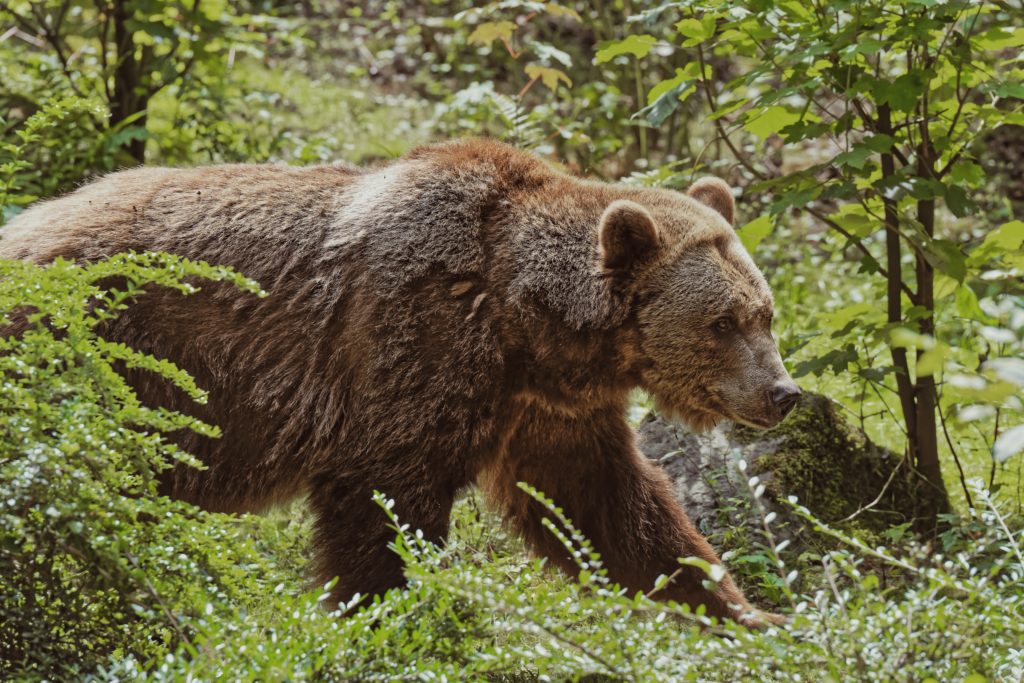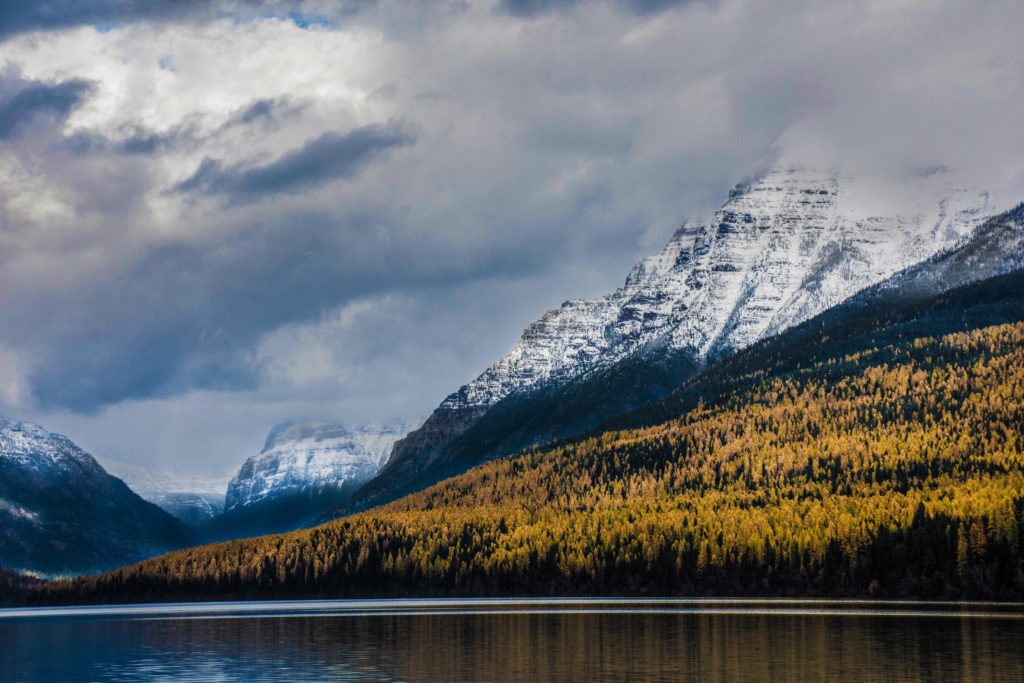Bear Attack Statistics of North America
As humans take up more and more space in the world, they’re bound to come into contact with wildlife. Many in the animal kingdom are fierce predators—especially bears. Statistics suggest there have been over 180 fatal bear attacks in North America since 1784. While the majority of these fatal attacks have been carried out by wild bears, some are the result of bears held in captivity.
If humans could try their best to avoid certain types of bears (like the most dangerous type) and the locations bears frequent during their active months, perhaps fatal bear attacks in North America could decrease. Let’s make sure you’re aware of the #1 most dangerous bear, the fatal bear attack hotspots of the continent, and the months you’re most likely to come face-to-face with the deadly predator.
View Fatal bear attacks in North America in a full screen map
We mapped the bear attack statistics from Wikipedia’s List of fatal bear attacks in North America. The oldest person to be attacked and killed by a bear was 93. The youngest? Five months. However, people tend to be 37.5 years, on average, when they’re fatally attacked by one of the following types of bears.
The #1 Bear to Watch out For
Three types of bears are commonly involved in fatal North American attacks: polar bears, black bears, and brown bears. These bears have been responsible for over 180 fatalities over the years. They’ve killed cabin-goers, campers, and joggers, as well as miners, researchers, and children, among others. But which of these bears has killed the most people?
Fatal Polar Bear Attacks

There have been 11 fatal polar bear attacks in North America. Seven of these attacks were done by wild polar bears, all of which took place in Canada or Alaska.
No one in the continental United States has ever been fatally attacked by a wild polar bear. However, captive polar bears are responsible for four fatal North American attacks, which all occurred in Eastern U.S. zoos. Just years apart, the Toledo Zoo (1972), Baltimore Zoo (1976), Central Park Zoo (1982), and Prospect Park Zoo (1987) were the sites of captive polar bear attacks.
Interactive Maps Made Easy
Sign Up NowWhile 11 total lives lost to polar bears isn’t something to sniff at, other types of bears are certainly more dangerous. Black bears, for example, have fatally attacked 82 people in North America.
Fatal Black Bear Attacks
Of the 82 fatal black bear attacks in North America, 66 or just over 80% have been from wild bears. If you think the high number of attacks proves dangerous, note that those 66 fatal wild black bear attacks occurred all over North America. Unlike with polar bears, nearly everyone living in the U.S., Canada, and Mexico is susceptible to a wild black bear attack.
On the other hand, like polar bears, captive fatal black bear attacks have only occurred in the U.S. (and once in Ontario, Canada). There have been 16 of these fatal attacks, most taking place in the Northeast like when George Langley and James Virtue were attacked by the black bear they kept in a cage at their gas station in Ellsworth, Maine. Yet even with 82 total fatal attacks, black bears are still not the deadliest bear in North America.
Fatal Brown Bear Attacks

The #1 deadliest bear to watch out for is the brown bear. Brown bears are responsible for 90 fatal bear attacks in North America, 82 of which were done by wild bears. And every single one took place on the West side of the continent, where most brown bears live.
One recent victim of a brown bear attack was Kevin Kammer, who was killed in Montana’s Gallatin National Forest in 2010. Kammer was in his tent at Soda Butte Campground when a mother bear attacked and dragged him 25 feet away. Two other campers in separate campsites were also attacked: a teenager was bitten in the leg, and a woman was bitten in the arm and leg.
However, the Eastern side of the continent has seen a brown bear attack or eight, though they were all done by captive bears. Thomas Earl, a 56-year old zookeeper at the Cleveland Brookside Zoo in Ohio, was mauled by a brown bear when feeding it in its pen. So, while the East needn’t keep their eyes peeled for a wild brown bear attack, Easterners in the U.S. should beware of zoos.
Bear Attack Hotspots
Now that you know the types of bears to look out for, let’s understand the North American locations where fatal bear attacks typically occur. We can do so by turning on the heat map function of BatchGeo, which helps to identify the densest areas of fatal bear attacks (or any other marker. Read more about the heat map function for your Excel spreadsheet here).

The winner—or loser if you frequent these locations? According to bear attack statistics, it’s Montana’s Glacier National Park which is home to ten fatal bear attacks, all of which were brown bears. However, since all ten fatal bear attacks occurred between 1967 and 1998, we’ll also note a more recent fatal bear attack hotspot: the state of Wyoming.
Wyoming and specifically, Yellowstone National Park is another breeding ground for fatal bear attacks. Yellowstone has been the site of eight, including recent attacks in 2015 and 2011. Like Montana’s Glacier National Park, all of Yellowstone’s bear fatalities were caused by brown bears. Additionally, the NW corner of Wyoming is one big bear attack hotspot. Along with Yellowstone, that area contains both Bridge-Teton National Forest (where two fatal bear attacks took place) and Shoshone National Forest (home of one attack).
There are several additional bear attack hotspots in Alaska and also in the Algonquin Provincial Park in Ontario, Canada. Ultimately, fatal bear attack locations in North America can be summarized as follows for each country:
- Mexico (1 attack)
- Canada (70)
- U.S. (112)
Broken down even further, it amounts to:
- Mexico (1 wild, 0 captive)
- Canada (69 wild, 1 captive)
- U.S. (85 wild, 27 captive)
Seeing the U.S.’s double-digit captive fatal bear attacks side by side with those from other countries (zero or one) is certainly hard to bear.
Deadliest Months for Bear Attacks
Interactive Maps Made Easy
Sign Up NowWe know that if we’re walking the Wyoming countryside we’ll probably spot a brown bear and be toast, but is there ever a time of year where that’s less likely? Luckily for us, bears hibernate. During those months, bears don’t attack at all… or at least less often. According to the table below, we’d feel safe hiking Yellowstone during the winter months (as long as we had mittens):
| Month | # of Attacks |
|---|---|
| January | 3 |
| February | 1 |
| March | 1 |
| April | 4 |
| May | 17 |
| June | 22 |
| July | 28 |
| August | 32 |
| September | 28 |
| October | 28 |
| November | 12 |
| December | 4 |
There have only been a handful of fatal bear attacks in the winter months since 1784. We have hibernation to thank for this one. Yet if bears are supposed to be sleeping, why are there any deaths at all? Truth be told, if someone woke us up during our long winter nap, we’d also be pretty upset. But we’re even more upset that hiking bear hotspots is out of the question during the summer months.
The summer months are chock full of fatal bear attacks, though it does make sense that most attacks occur when both bears and humans are spending an increased amount of time outdoors. It’s also logical that attacks slow down in November as it nears the time for hibernation.
We learned brown bears cause the most fatalities, particularly those near Glacier National Park or Yellowstone that are out and about in August. And we saw those trends clearly when we looked at a map.
Plotting your location data on a map to your skills and improve your insight. Who knows? Maybe your newfound knowledge into bear attack statistics can help prevent future bear attacks or even worse, shark attacks. Either way, make a map of your data today. Get started for free with BatchGeo.
